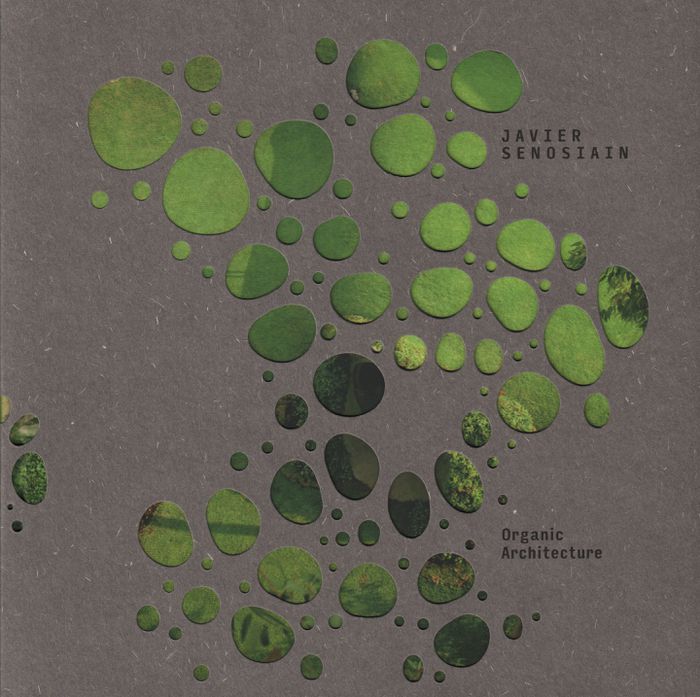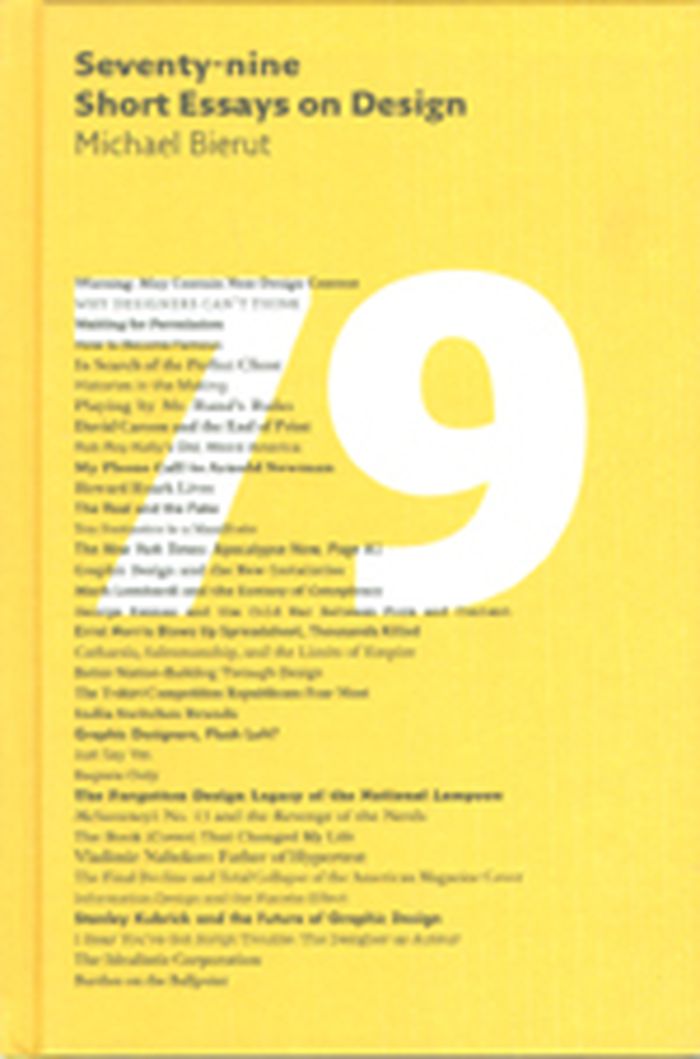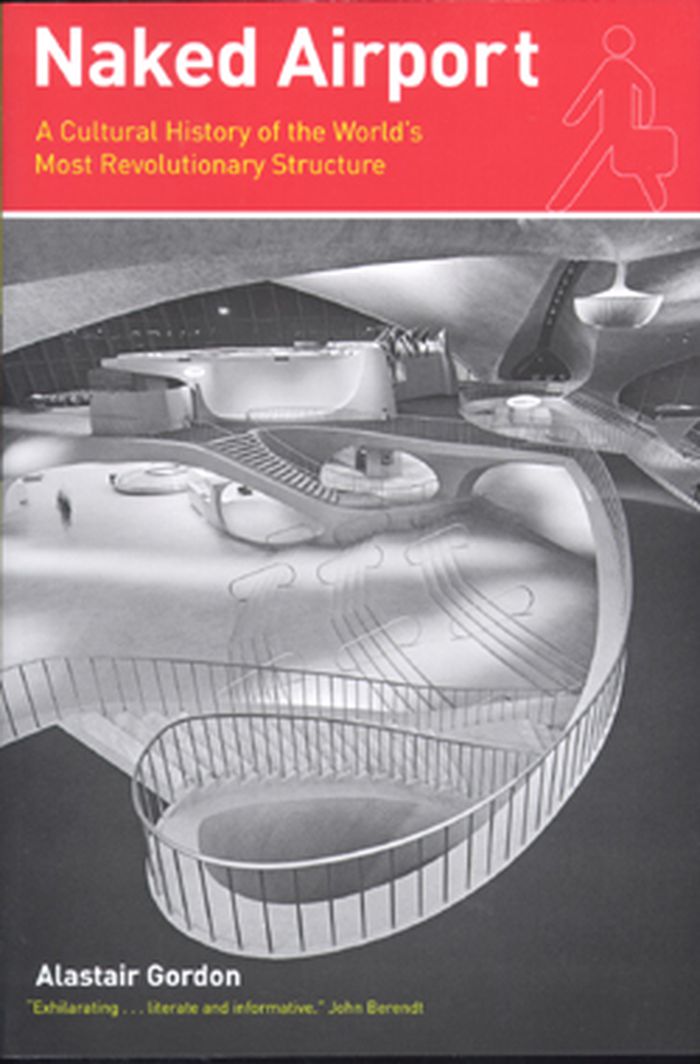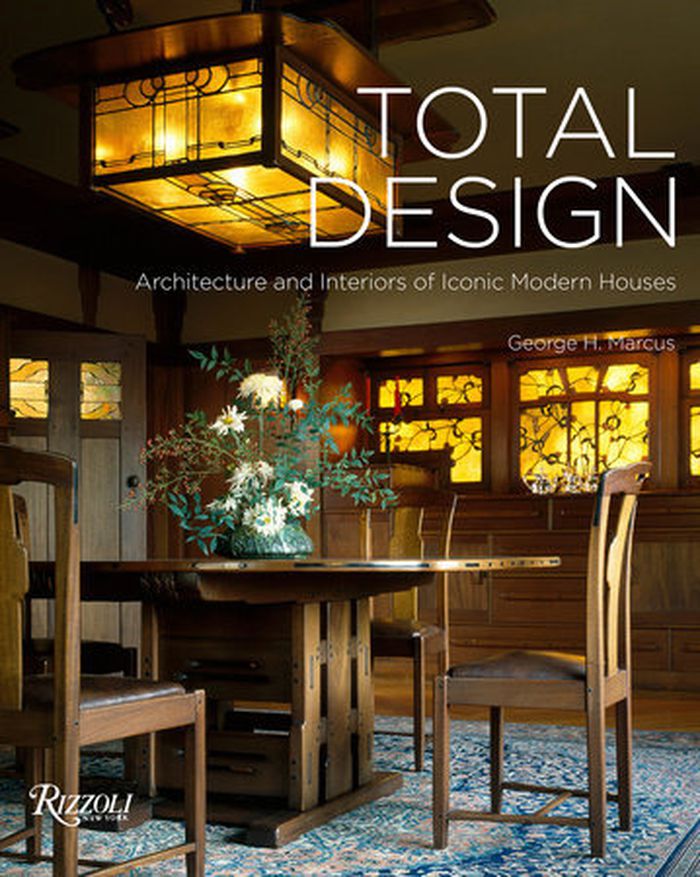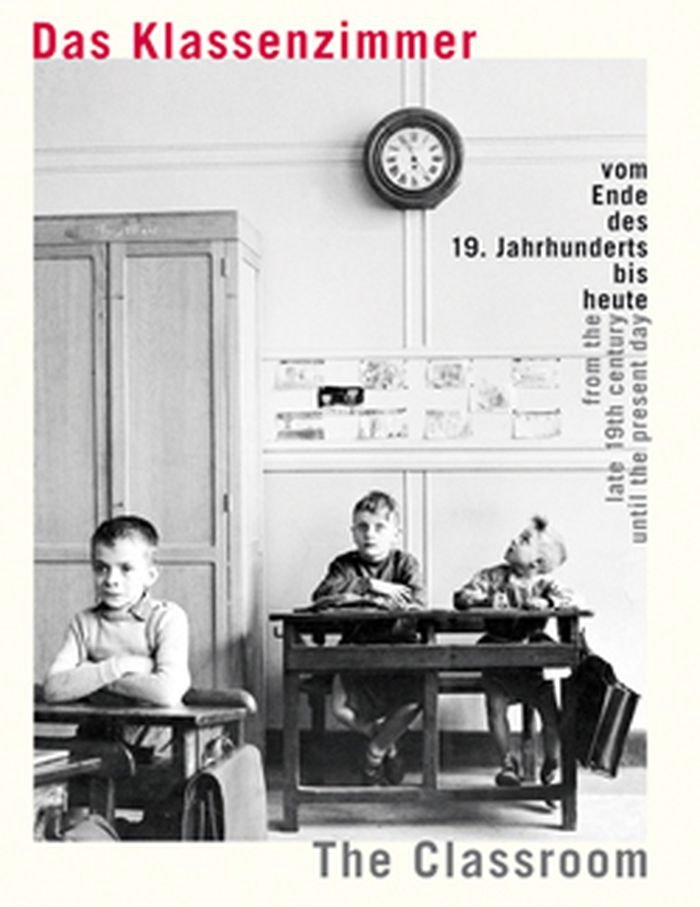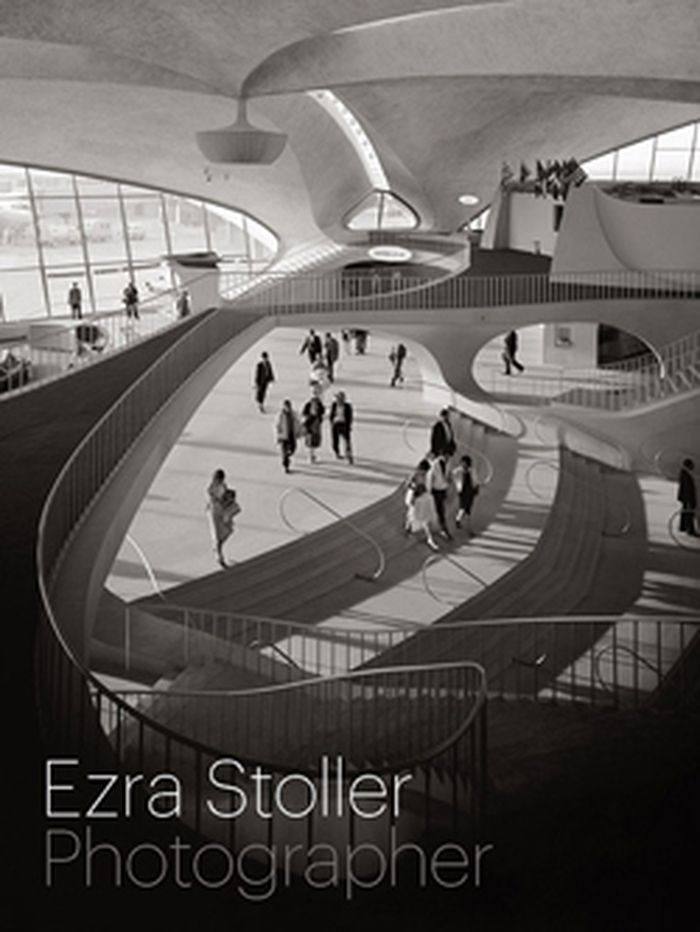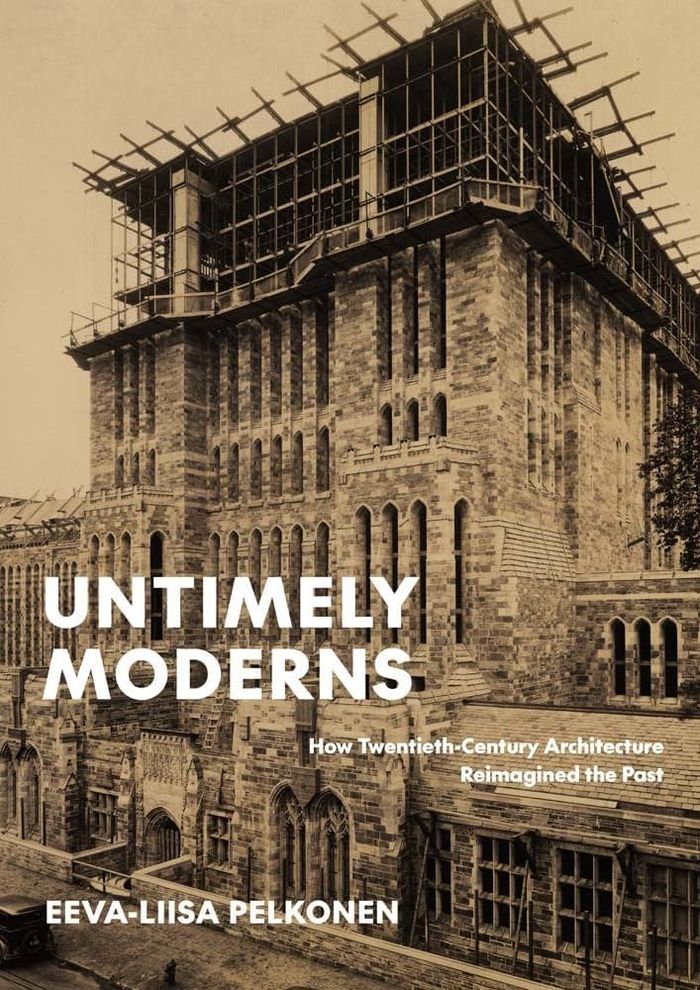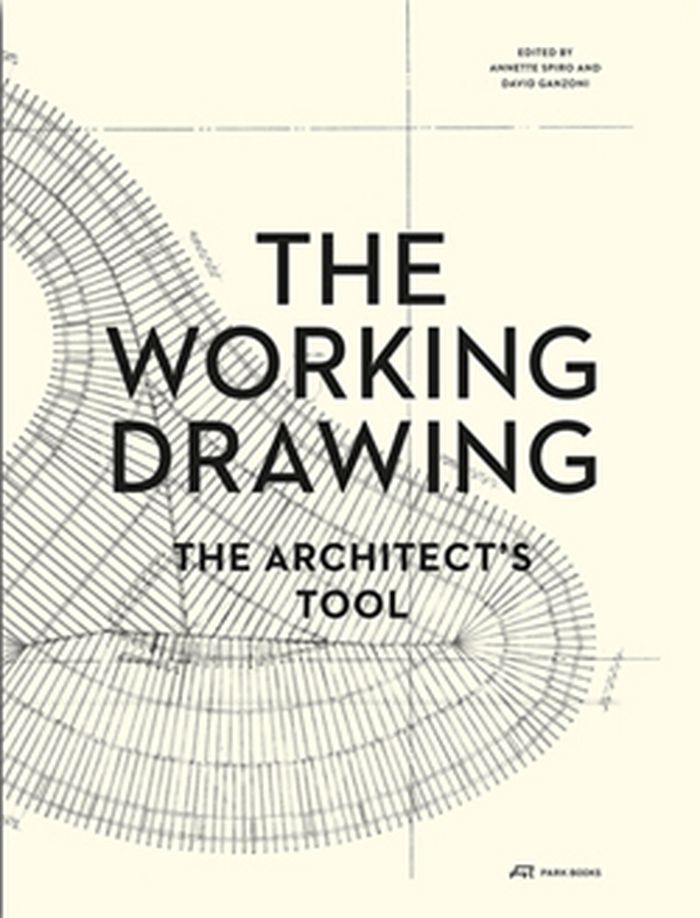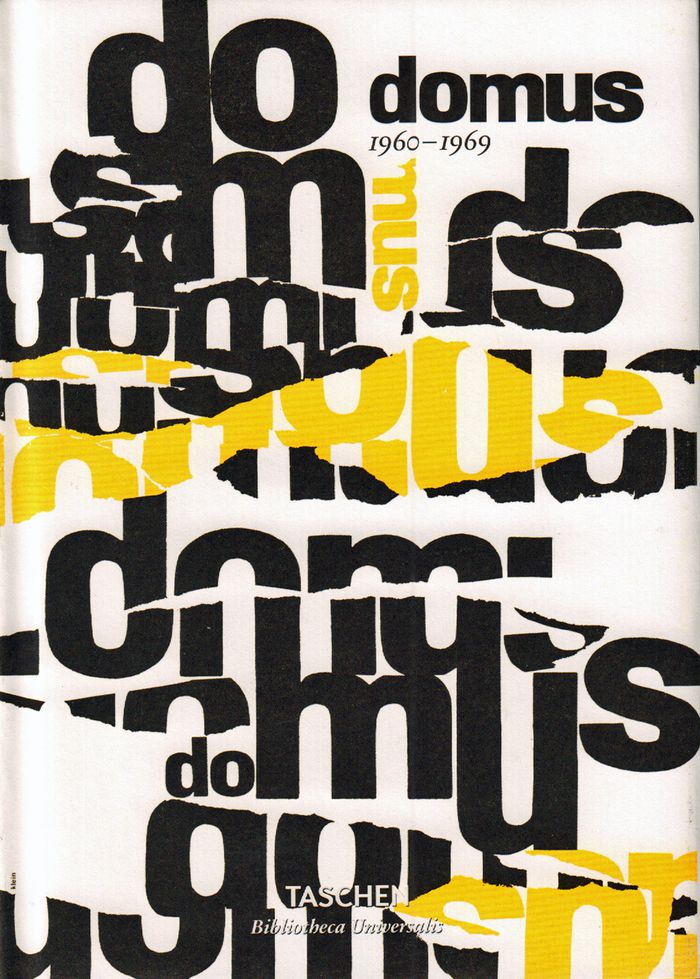$55.00
(available to order)
Summary:
To survey the work of Mexican architect Javier Senosiain (born 1948) requires a journey through a particular trajectory in the history of architecture, from Frank Lloyd Wright and Bruno Zevi to Alvar Aalto, Eero Saarinen and Jørn Utzon. These pioneers of organic modernism faced the 20th century’s mechanistic, functionalistic and rationalistic proposals with a vision that(...)
Javier Senosiain: organic architecture
Actions:
Price:
$55.00
(available to order)
Summary:
To survey the work of Mexican architect Javier Senosiain (born 1948) requires a journey through a particular trajectory in the history of architecture, from Frank Lloyd Wright and Bruno Zevi to Alvar Aalto, Eero Saarinen and Jørn Utzon. These pioneers of organic modernism faced the 20th century’s mechanistic, functionalistic and rationalistic proposals with a vision that sought to revive an organic relationship between humans and their environments. Senosiain’s concept of “Organic Architecture” follows in this tradition. Throughout his career, Senosiain’s work has explored the relations between user, site and architecture in spaces that echo natural forms and conditions. “The concept of an organic habitat,” he writes, “is the creation of spaces adapted to man that are also similar to a mother’s bosom or an animal’s lair.” This volume surveys Senosiain’s work since the 1970s and his concept of “Organic Architecture.”
Architecture Monographs
$32.50
(available to order)
Summary:
"Seventy-nine short essays on design" brings together the best of designer Michael Bierut's critical writing—serious or humorous, flattering or biting, but always on the mark. Bierut is widely considered the finest observer on design writing today. Covering topics as diverse as Twyla Tharp and ITC Garamond, Bierut's texts pull design culture into crisp focus. He touches(...)
Seventy-nine short essays on design
Actions:
Price:
$32.50
(available to order)
Summary:
"Seventy-nine short essays on design" brings together the best of designer Michael Bierut's critical writing—serious or humorous, flattering or biting, but always on the mark. Bierut is widely considered the finest observer on design writing today. Covering topics as diverse as Twyla Tharp and ITC Garamond, Bierut's texts pull design culture into crisp focus. He touches on classics, like Massimo Vignelli and the cover of The Catcher in the Rye, as well as newcomers, like McSweeney's Quarterly Concern and color-coded terrorism alert levels. Along the way Nabakov's Pale Fire; Eero Saarinen; the paper clip; Celebration, Florida; the planet Saturn; the ClearRx pill bottle; and paper architecture all fall under his pen. His experience as a design practitioner informs his writing and gives it truth. In "Seventy-nine short essays on design", designers and nondesigners alike can share and revel in his insights.
Interior Design
$26.00
(available to order)
Summary:
Although airports are now best known for interminable waits at check-in counters, liquid restrictions for carry-on luggage, and humiliating shoe-removal rituals at security, they were once the backdrops for jet-setters who strutted, martinis in hand, through curvilinear terminals designed by Eero Saarinen. In the critically acclaimed Naked Airport, Alastair Gordon traces(...)
Naked Airport: a cultural history of the world's most revolutionary structure
Actions:
Price:
$26.00
(available to order)
Summary:
Although airports are now best known for interminable waits at check-in counters, liquid restrictions for carry-on luggage, and humiliating shoe-removal rituals at security, they were once the backdrops for jet-setters who strutted, martinis in hand, through curvilinear terminals designed by Eero Saarinen. In the critically acclaimed Naked Airport, Alastair Gordon traces the cultural history of this defining institution from its origins in the muddy fields of flying machines to its frontline position in the struggle against international terrorism. From global politics to action movies to the daily commute, Gordon shows how the airport has changed our sense of time, distance, and style, and ultimately the way cities are built and business is done. He introduces the people who shaped and were shaped by this place of sudden transition: pilots like Charles Lindbergh, architects like Le Corbusier, and political figures like Fiorello LaGuardia and Adolf Hitler. Naked Airport is a profoundly original history of a long-neglected yet central component of modern life.
Transportation, Tourism, Migration
$26.98
(available to order)
Summary:
Celebrating the ultimate masterpieces of modernist design, from the Arts and Crafts movement up to the twenty-first century, Total Design offers an intimate tour of houses conceived as complete works of art. Each of the spectacular houses making up Total Design demonstrates how an architect realized a unifying vision through all aspects of design—architecture, furniture,(...)
Total design: architecture and interiors of iconic modern houses
Actions:
Price:
$26.98
(available to order)
Summary:
Celebrating the ultimate masterpieces of modernist design, from the Arts and Crafts movement up to the twenty-first century, Total Design offers an intimate tour of houses conceived as complete works of art. Each of the spectacular houses making up Total Design demonstrates how an architect realized a unifying vision through all aspects of design—architecture, furniture, fittings, decorative objects, color, and gardens. Presenting masterpieces of modern architecture conceived as complete works of art inside and out, author George H. Marcus, a veteran chronicler of modernist design, delivers a highly accessible tour of the creations of some of the twentieth century’s greatest architects and designers, including Frank Lloyd Wright, Mies van der Rohe, Alvar Aalto, Eero Saarinen, Charles Rennie Mackintosh, and Gio Ponti. Together these masterworks of design offer a stunning survey of the many modes of modernist design, from the inventive refinement of Pierre Chareau to the colorful Nordic forms of Finn Juhl to the twenty-first-century expressionism of Daniel Libeskind.
Interior Design
$102.95
(available to order)
Summary:
The Classroom shows how furniture designers from the late nineteenth century to the present have strived to enliven the classroom experience for children, telling for the first time the history of this neglected area of furniture design. The book is based on the collection of the VS school museum in Tauberbischofsheim, which houses a unique collection of school furniture(...)
Commercial interiors, Building types
March 2011
The classroom: From the late 19th Century until the present day
Actions:
Price:
$102.95
(available to order)
Summary:
The Classroom shows how furniture designers from the late nineteenth century to the present have strived to enliven the classroom experience for children, telling for the first time the history of this neglected area of furniture design. The book is based on the collection of the VS school museum in Tauberbischofsheim, which houses a unique collection of school furniture from Germany and abroad. Through this collection, it draws out the history of educational theory and school architecture over the past hundred years, tracing the ascent of a child-centered approach to education and attendant developments in design, as well as such topics as the use of propaganda in Soviet- and Nazi-era schools. Chairs, desks, classrooms and entire schools by Alvar Aalto, Arne Jacobsen, Charles Rennie Mackintosh, Jean-Baptiste Mathon, Jean Prouvé, Eero + Eliel Saarinen and Bruno Taut are abundantly illustrated and examined. The Classroom looks back over this history and looks forward to possible future developments.
Commercial interiors, Building types
Ezra Stoller, photographer
$69.95
(available to order)
Summary:
Ezra Stoller's iconic photographs of 20th-century architectural masterpieces, such as Frank Lloyd Wright's Fallingwater and Mies van der Rohe's Seagram Building, are often cited in aiding the rise of modernism in America. Stoller (1915–2004) elevated architectural photography to an art form, capturing the mood of numerous buildings in their best light. Living and(...)
Ezra Stoller, photographer
Actions:
Price:
$69.95
(available to order)
Summary:
Ezra Stoller's iconic photographs of 20th-century architectural masterpieces, such as Frank Lloyd Wright's Fallingwater and Mies van der Rohe's Seagram Building, are often cited in aiding the rise of modernism in America. Stoller (1915–2004) elevated architectural photography to an art form, capturing the mood of numerous buildings in their best light. Living and working in New York from the early 1940s to the mid-1970s, Stoller photographed buildings by such architects as Alvar Aalto, Eero Saarinen, Marcel Breuer, Paul Rudolph, and Louis I. Kahn. His striking images earned him the admiration of critics and contemporaries, but few people are aware of the stunning breadth of his oeuvre, which also included domestic and industrial spaces and important editorial depictions of American labor in the 1950s and 1960s. Ezra Stoller, Photographer, a survey of Stoller's artistic accomplishments, examines the photographer's full range with a fresh eye and unprecedented scope, offering a unique commentary on postwar America's changing landscape.
Photography monographs
$97.50
(available to order)
Summary:
Through much of the twentieth century, a diverse group of thinkers engaged in an interdisciplinary conversation about the meaning of time and history for modern art and architecture. The group included architects Louis Kahn, Everett Victor Meeks, James Gamble Rogers, Paul Rudolph, and Eero Saarinen; artists Anni and Josef Albers; philosopher Paul Weiss; and art historians(...)
Untimely moderns: How twentieth-centry architecture reimagined the past
Actions:
Price:
$97.50
(available to order)
Summary:
Through much of the twentieth century, a diverse group of thinkers engaged in an interdisciplinary conversation about the meaning of time and history for modern art and architecture. The group included architects Louis Kahn, Everett Victor Meeks, James Gamble Rogers, Paul Rudolph, and Eero Saarinen; artists Anni and Josef Albers; philosopher Paul Weiss; and art historians Henri Focillon, George Kubler, Sibyl Moholy-Nagy, and Vincent Scully. These figures were unified by their resistance to the idea that, to be considered modern, art and architecture had to be of its time, as well as by the pivotal role that Yale University held as a backdrop to their thinking. These thinkers sponsored a new kind of approach, one that Eeva-Liisa Pelkonen terms ''untimely,'' emphasizing a departure from a sequential course of events. Ideas about temporal duration, new tradition, the presence of the past, and the shape of time were among the concepts they explored. With an interdisciplinary focus, Pelkonen reveals previously unexplored connections among key figures of American intellectual and artistic culture at midcentury whose works and words would shape modern architecture.
Architecture since 1900, Europe
books
$99.99
(available to order)
Summary:
This second volume of "The Details of Modern Architecture" continues the study of the relationships of the ideals of design and the realities of construction in modern architecture, beginning in the late 1920s and extending to the present day. It contains a wealth of new (...)
June 1996, Cambridge, Mass.
Details of modern architecture - volume 2 : 1928-1988
Actions:
Price:
$99.99
(available to order)
Summary:
This second volume of "The Details of Modern Architecture" continues the study of the relationships of the ideals of design and the realities of construction in modern architecture, beginning in the late 1920s and extending to the present day. It contains a wealth of new information on the construction of modern architecture at a variety of scales from minute details to general principles. There are over 500 illustrations, including 130 original photographs and 230 original axonometric drawings, arranged to explain the technical, aesthetic, and historical aspects of the building form. Individual chapters treat the work of Eliel and Eero Saarinen, Eric Gunnar Asplund, Richard Neutra, Alvar Aalto, Le Corbusier, and Louis Kahn, as well as the Case Study, High Tech, Postmodern, and Deconstructivist architects. Among the individual buildings documented are Eliel Saarinen's Cranbrook School, Asplund's Woodland Cemetery, Fuller's Dymaxion house, the Venturi house, the Eames and other Case Study houses, the concrete buildings of Le Corbusier, Aalto's Säynätsalo Town Hall, and Kahn's Exeter Library and Salk Institute -- with many details published for the first time.
books
June 1996, Cambridge, Mass.
$150.00
(available to order)
Summary:
Large-size working drawings are the foundation of any architectural process and 'key' to practical construction of a building, yet very little has been written and published about the architect's quintessential tool. This new book bridges this gap, as it draws on a vast collection of working drawings from many centuries, held by the Department of Architecture at ETH(...)
The working drawing: the architect's tool
Actions:
Price:
$150.00
(available to order)
Summary:
Large-size working drawings are the foundation of any architectural process and 'key' to practical construction of a building, yet very little has been written and published about the architect's quintessential tool. This new book bridges this gap, as it draws on a vast collection of working drawings from many centuries, held by the Department of Architecture at ETH Zurich. This is a collection of plans for a wide range of architectural projects and features many representational techniques. Providing a comprehensive record, around a hundred of the collection's highlights through five centuries, are arranged by category allowing for direct comparison. All plans are depicted entirely in colour on large-size spreads and fold-outs. Full catalogue details are provided for each drawing. Various topics are covered in essays by expert authors, which compliment the images. Featured architects include respected names such as Francesco Borromini, Gottfried Semper, Ludwig Mies van der Rohe, Le Corbusier, Eero Saarinen, Jorn Utzon, Alvaro Siza, Rafael Moneo, Herzog & de Meuron, Peter Zumthor, Diller Scofidio or Caruso St. John.
Architectural Drawing
Domus : 1960-1969
$25.95
(available to order)
Summary:
Fondé en 1928 par le grand architecte et designer milanais Gio Ponti qui voulait en faire un «journal vivant», domus a été salué comme le magazine d’architecture et de design le plus influent au monde. Alliant style et rigueur, il a traité en profondeur des thèmes et évolutions de style majeurs en matière de design industriel, de produit, de structure et d’intérieur. Dans(...)
Domus : 1960-1969
Actions:
Price:
$25.95
(available to order)
Summary:
Fondé en 1928 par le grand architecte et designer milanais Gio Ponti qui voulait en faire un «journal vivant», domus a été salué comme le magazine d’architecture et de design le plus influent au monde. Alliant style et rigueur, il a traité en profondeur des thèmes et évolutions de style majeurs en matière de design industriel, de produit, de structure et d’intérieur. Dans cette nouvelle réédition des tous les numéros des années 1960, le magazine suit les merveilleux projets audacieux et pratiques d’une décennie grisée par le frisson futuriste et l’explosion de la pop culture. Synthétiques et plastiques font leur entrée sur scène, entraînant un design radicalement nouveau, alors que les notions conventionnelles d’élégance laissent la place à des formes expérimentales inédites. Pour qu’une œuvre figure dans le magazine, elle devait allier fonctionnalité, clarté spatiale, persuasion intellectuelle, originalité pertinente et/ou beauté. Parmi les projets et professionnels retenus figurent les mouvements d’anti-design et de design radical, Ray et Charles Eames, Gae Aulenti, Kenzo Tange, Verner Panton, Achill et Pier Giacomo Castiglioni, Ettore Sottsass, Carlo Scarpa, Angelo Mangiarotti, Cesare Maria Casati et Eero Saarinen.
Design, Periods and Styles
